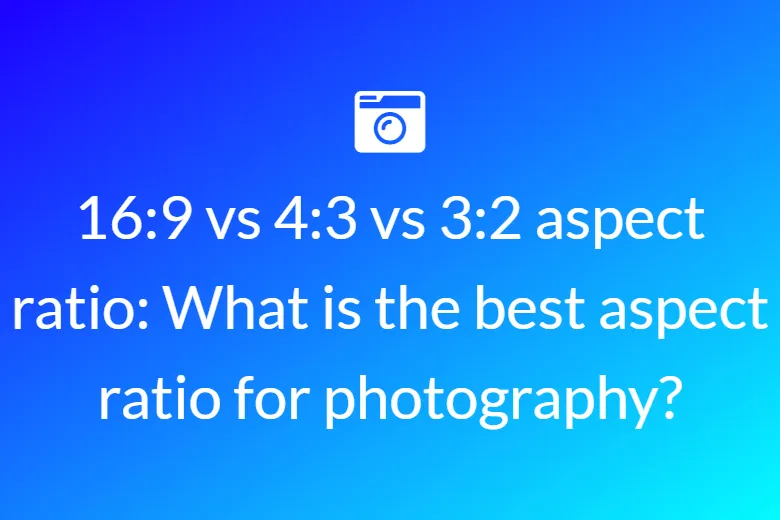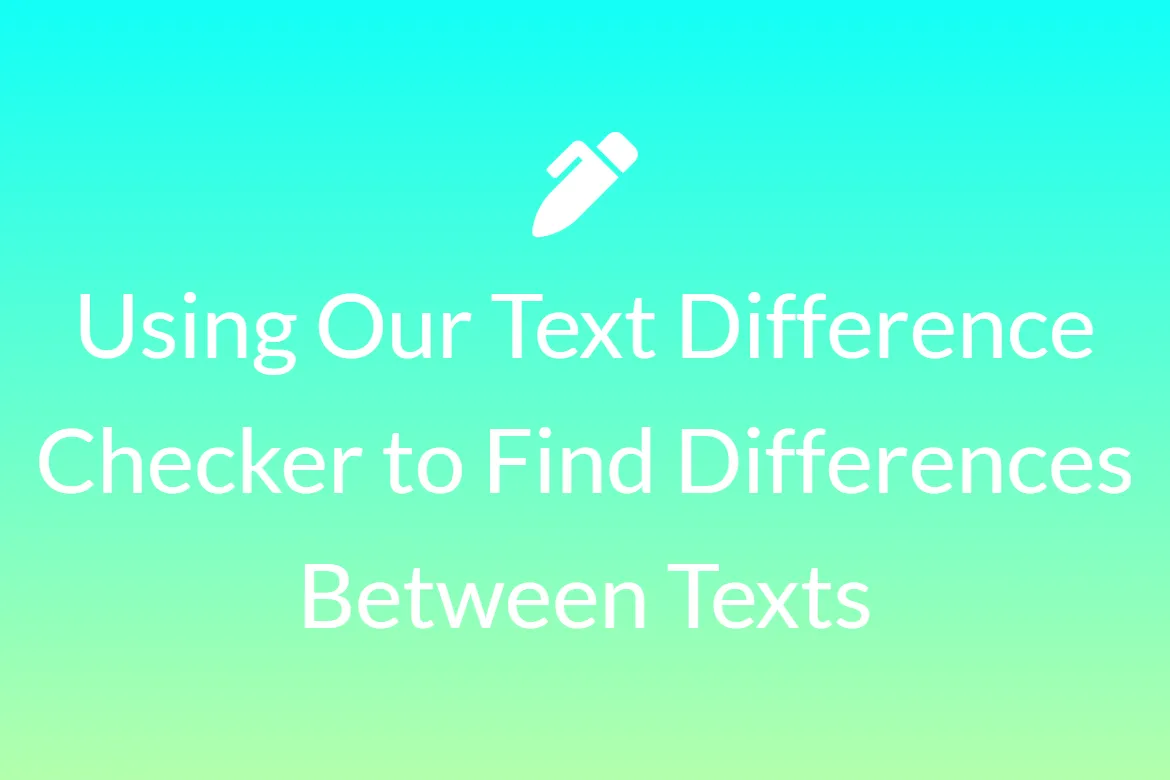What is the Aspect Ratio?
The width to height ratio of a picture is its aspect ratio, which is written as two numbers separated by a colon. The proportionate connection between an image’s width and height is described by the aspect ratio, which is a characteristic of an image projection. For instance, movies, which are frequently shot with a wide-angle lens, typically have an aspect ratio of 16:9, meaning that the breadth of the image area is nearly twice as large as its height. The breadth of the display area on a conventional television and computer display, on the other hand, is only 1.33 times the height, or nearly square, due to the aspect ratio of 1.33:1. When watching a movie on a typical TV set, the inconsistent aspect ratios between movies and television have typically meant sacrificing the size or completeness of the image.
Practical Constraints
The physical size of the film region in between the sprocket perforations dictates the size of the image in motion picture formats. The four-perforation frame is the international standard, which was created in 18922 by William Dickson and Thomas Edison. The de facto ratio is 4:3, or 1.3:1 since the film is 35 mm wide (1.38 in), yet the space between the perforations is 24.89 mm 18.67 mm (0.980 in 0.735 in). [4]
The Academy aperture is 22 mm 16 mm (0.866 in 0.630 in) or 1.375:1 since there is a space set aside for the conventional optical soundtrack and the frame size is shrunk to preserve an image that is wider than tall.
Why is aspect ratio important?
1. For technical reasons - When you submit your photos online, you’ll need to understand aspect ratios. For instance, when you see your Facebook profile picture on a device like your phone as opposed to your desktop, the aspect ratio would be different. The numerous social networking sites or website builders will oblige you to fit your photographs within predetermined aspect ratios as a result. You should align your profile photo’s aspect ratio with their recommended one if you don’t want it to appear distorted, stretched, or cropped (see our section on social media below for a list of aspect ratios a few social networking sites prefer).
2. For Aesthetic Reasons
§ The subject’s placement about the sides of the frame will change depending on the ratio. If you have a crucial feature close to an edge, the improper ratio could cause you to completely lose it.
§ You can use your aspect ratio to express emotion. For instance, a ratio of 2:35 permits negative space in a picture. You can use this area to give your environment an impression of expanse or to portray a lonely, isolated feeling in your photo.
§ If you think your photo might use some additional “space,” changing the aspect ratio might also be helpful (this often applies more to vertical images). A vertical image with a 2:3 aspect ratio can be overly spacious, whereas a shot with a 4:5 aspect ratio might have a tighter frame and a more visually appealing composition.
Current photography standards
In still photography, typical aspect ratios include:
· 1:1
· 5:4 (1.25:1)
· 4:3 (1.3:1)
· 3:2 (1.5:1)
· 5:3 (1.6:1)
· 16:9 (1.7:1)
· 3:1
Numerous digital still cameras allow users to choose from a variety of image aspect ratios. Some (particularly Panasonic) accomplish this by utilizing multi-aspect sensors, while others merely trim their native image format to have the output fit the desired image aspect ratio.
· 1:1 - The 1:1 Kodak image, which is an option in some digital still cameras, is a throwback to the era of film cameras when photographers utilizing twin lens reflex cameras were drawn to the square format. These medium-format cameras made use of spools of 120 film. In recent times, the standard 1:1 image size was 6 6 cm. Even today, 120 film is still available and in use. Square forms were popular in the design of Polaroid instant films. Additionally, Instagram, a photo-sharing website, only permitted users to upload photographs in 1:1 format until August 2015.
· 5:4 - Prints from digital cameras are still often used in large- and medium-format photography (‘6x7’ cameras, actual size 56mm x 70mm), which fits the standard printer paper size of 8” x 10” without cropping.
· 4:3 - The majority of digital point-and-shoot cameras, medium format 645 cameras, Four-Thirds system cameras, and Micro Four Thirds system cameras employ the aspect ratio of 4:3. The popular 4:3 digital format was created to fit the then-dominant 4:3 computer monitors for digital displays. The next few formats have their origins in traditional film photography picture sizes, specifically the multiple formats Advanced Photo System (APS) film camera and the traditional 35 mm film camera.
· 3:2 - Traditional 35 mm film cameras, which employ an image size of 36 mm by 24 mm, and their digital equivalents, represented by DSLRs, use the 3:2 aspect ratio. The two main types of DSLRs are the so-called professional “full frame” (36 mm 24 mm) sensors and different sizes of what is referred to as “APS-C” sensors. The name “APS” comes from a different film format called APS, and “-C” stands for “Classic” mode, which exposed photos over a smaller area (25.1 mm 16.7 mm) while maintaining the same “classic” 3:2 proportions as full frame 35 mm film cameras.
· 16:9 - In addition to being the preferred image aspect ratio for HDTV, the 16:9 format is also known as APS-H (30.2 mm 16.7 mm), with the “-H” standing for “High Definition.” All kinds of consumer still cameras that also shoot High Definition (HD) video are increasingly using the 16:9 format. Some still cameras that can capture HD video can also record stills in the 16:9 aspect ratio, which is perfect for widescreen computer displays and HD televisions.
· 3:1 - Another format that can be traced back to the APS film camera is 3:1. The 3:1 format was used for panorama photography and was referred to as APS-P (30.2 9.5 mm), with the “-P” standing for “Panorama”. The APS-P panorama standard is the least widely adopted of all the APS standards, and different manufacturers implement panoramas differently on different cameras. The only thing they all have in common is that they create images that are much longer than they are tall, in the traditional “panorama” style.
Difference between 3:2 or 16:9 aspect ratio
The 3:2 aspect ratio has a lengthy history, even though not many screens utilize it utilizes. Since it is the same aspect ratio as 35mm still photography, many people are already familiar with it.
In contrast to 16:9, 3:2 is considerably higher but not as wide. It resembles many popular paper sizes in shape as a result, thus it is also recognizable in that sense. The main selling point for a 3:2 aspect ratio screen is the added height. Wider screens allow you to fit more side by side, but this isn’t always beneficial.
Which aspect ratio is better between 3:2 and 16:9?
Aspect ratio is less significant than resolution when altering images. After all, you can trim photos to fit your preferences in any aspect ratio. Having said that, the aspect ratio of 3:2 has been used in photography for a very long time. There may be a benefit to utilizing a 3:2 screen since 4-inch by 6-inch prints are still commonly used in that format.
Since you can view playback on full screen with the right aspect ratio, a 16:9 screen is typically a suitable choice for video editing. However, in some circumstances, a 3:2 screen could be a superior option for video editing because you can fit a scaled-down reproduction of the video on the screen in addition to plenty of other content.
It’s fascinating that the LCD screens on all NEX cameras employ a 16:9 aspect ratio. So one must utilize 16:9, to fill the screen? Even without the aspect ratio, the screen is small compared to my point-and-shoot cameras’ 4:3 displays. Shooting in black and white also makes the peaking in color more visible when utilizing focus peaking for manual focusing, which is particularly helpful for legacy lenses.
For our uploads, a maximum resolution of 1920x1080 is permitted. The highest resolution that may be used with a 3:2 aspect ratio without cropping or other image distortion is 1625x1080. With a 16:9 aspect ratio, 1920x1080 may be easily done, and the image fits properly.
For still photos on your NEX, choose 3:2. Compared to 16:9, this gives you more total pixels. The 3:2 image from the sensor is simply cropped for the various in-camera resolutions. During post-processing, you can crop (and scale) it any way you choose.
Although you might assume that the wider 16:9 format would always be better for split screens, the extra height in the 3:2 format makes it more comfortable to use. Only when dealing with photos in landscape orientation is 16:9 preferred.
What Aspect Ratio Is Best for Photography?
There are three aspects of your photos and movies that you will be experimenting with a lot when it comes to aspect ratios. The beautiful thing is that because each type of media was created for a certain purpose in terms of viewing, the ideal aspect ratio to employ might vary based on what you are capturing images or videos of. If something does not go the way you expected it to, don’t give up. Learning all of these approaches and which ones perform best in different situations is a part of the learning curve for photography.
You could wish to put it in an Instagram photo album or convert it to a 16:9 aspect ratio depending on the project. Because these are the most prevalent ratios we encounter while browsing the Internet, if you’re recording video, stick with a 16:9 aspect ratio, and if you’re editing a photo, make sure to crop it to 4:3 or 3:2 (or 1:1 if you will be displaying full-screen).
When taking photos or movies, the aspect ratio is vital, as any photographer worth their camera will tell you. The next time you go on a picture or video shoot, it’s crucial to experiment with various aspect ratios so that you can become familiar with each one and determine what kind of imagery works best for your project.
You now understand why photography and video often use the 16:9 or 3:2 aspect ratios. Now that you understand the variations in video aspect ratios and how they affect frame size, Although aspect ratios are ultimately meaningless, you can select the one that best suits the way you wish to exhibit your photographs. Because capturing beauty is so vital, remember to pay attention to composition when you are out taking photos. Framing, angles, and perspective are all essential for capturing beauty.









